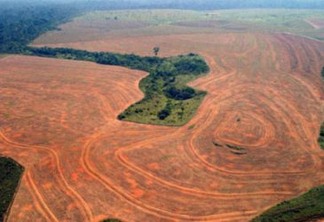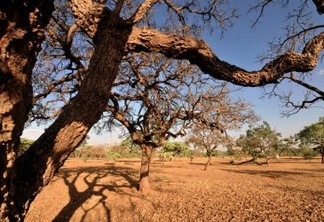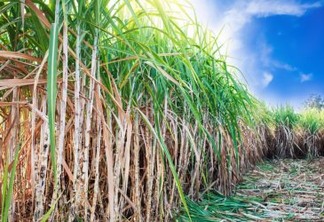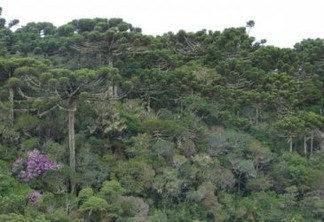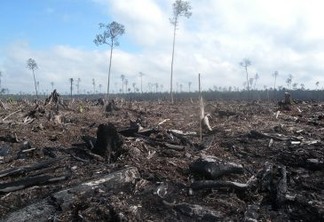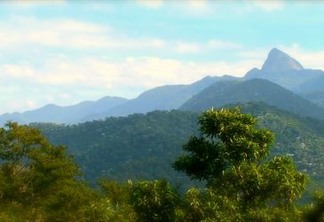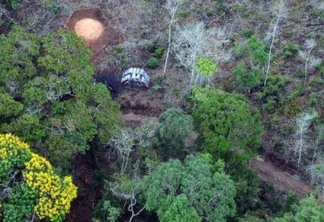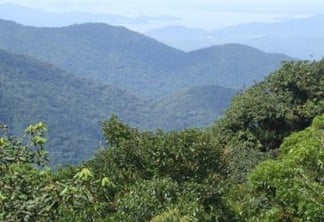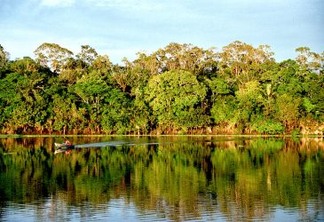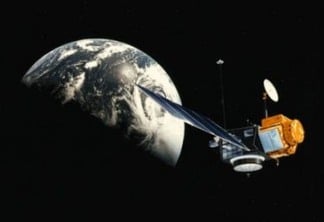
Sociedade
Uso e ocupação do solo será monitorado por satélite em São José dos Campos
A Prefeitura de São José dos Campos fará o monitoramento de áreas irregulares e ambiental por satélite de sensoriamento remoto. O prefeito Felício Ramuth quer inibir as construções em áreas de preservação ambiental e de encostas, além de loteamentos clandestinos e corte de árvores da Mata Atlântica que ocorre em regiões remotas, principalmente sobre a […]
